Increased Health Consciousness
The Energy Bar Market is significantly influenced by the rising health consciousness among consumers. As individuals become more aware of the nutritional content of their food, there is a growing preference for energy bars that are rich in protein, fiber, and essential vitamins. This shift is reflected in the increasing sales of bars that are marketed as healthy snacks, with a notable rise in products that are organic, non-GMO, and free from artificial additives. Market data indicates that health-oriented energy bars are expected to capture a larger share of the market, as consumers actively seek products that contribute to their overall well-being. The Energy Bar Market must adapt to these changing preferences by innovating and reformulating products to meet the demands of health-conscious consumers.
Innovative Product Development
The Energy Bar Market is characterized by continuous innovation in product development, which plays a crucial role in attracting consumers. Manufacturers are increasingly experimenting with unique flavors, textures, and ingredients to differentiate their offerings in a competitive market. This trend is evident in the introduction of plant-based energy bars, superfood-infused options, and bars tailored for specific dietary needs, such as keto or paleo diets. Market Research Future indicates that consumers are willing to pay a premium for innovative and high-quality products, suggesting a lucrative opportunity for brands that prioritize research and development. The Energy Bar Market must remain agile and responsive to consumer preferences, ensuring that new products align with current health trends and dietary requirements.
Expansion of Distribution Channels
The Energy Bar Market benefits from the expansion of distribution channels, which enhances product accessibility for consumers. Retailers are increasingly recognizing the potential of energy bars as a staple in their offerings, leading to their presence in supermarkets, convenience stores, and health food shops. Additionally, the rise of e-commerce platforms has transformed the way consumers purchase energy bars, allowing for greater convenience and variety. Recent statistics suggest that online sales of energy bars have seen a significant increase, with many consumers opting for the ease of home delivery. This diversification in distribution channels not only boosts sales but also allows brands to reach a wider audience. The Energy Bar Market is thus poised for growth as it capitalizes on these evolving retail landscapes.
Rising Demand for Convenient Nutrition
The Energy Bar Market experiences a notable surge in demand for convenient nutrition solutions. As lifestyles become increasingly hectic, consumers seek quick and portable food options that align with their dietary preferences. This trend is particularly pronounced among busy professionals and fitness enthusiasts who prioritize nutrition without sacrificing time. According to recent data, the energy bar segment is projected to grow at a compound annual growth rate of approximately 5.5% over the next few years. This growth is indicative of a broader shift towards on-the-go nutrition, where energy bars serve as a practical solution for individuals seeking to maintain their health and energy levels throughout the day. The Energy Bar Market is thus positioned to capitalize on this demand, offering a diverse range of products that cater to various dietary needs.
Growing Popularity of Fitness and Sports Activities
The Energy Bar Market is significantly impacted by the growing popularity of fitness and sports activities among consumers. As more individuals engage in regular exercise and outdoor activities, the demand for energy-boosting snacks has increased. Energy bars are often marketed as ideal pre- or post-workout snacks, providing essential nutrients to support physical performance and recovery. Recent surveys indicate that a substantial percentage of fitness enthusiasts regularly consume energy bars as part of their nutrition regimen. This trend is likely to continue as the fitness culture expands, with brands targeting athletes and active individuals through tailored marketing strategies. The Energy Bar Market stands to benefit from this increasing engagement in fitness, positioning energy bars as essential components of a healthy lifestyle.


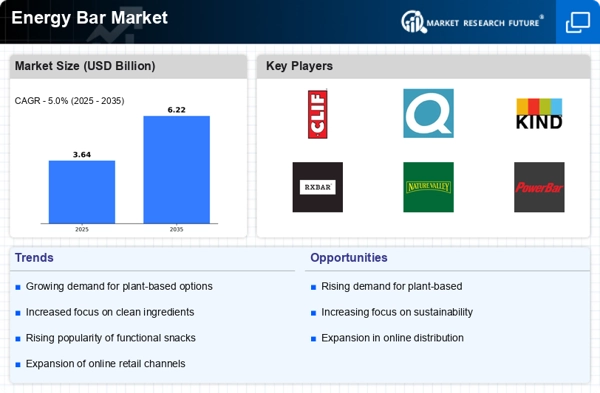

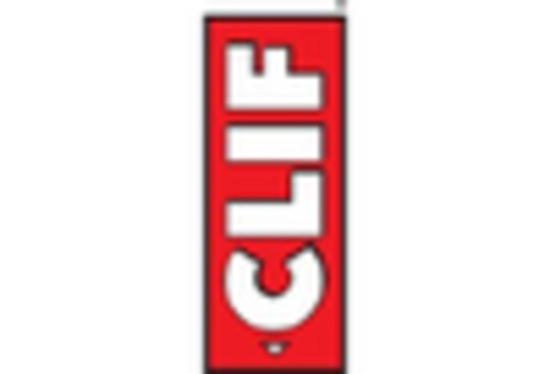
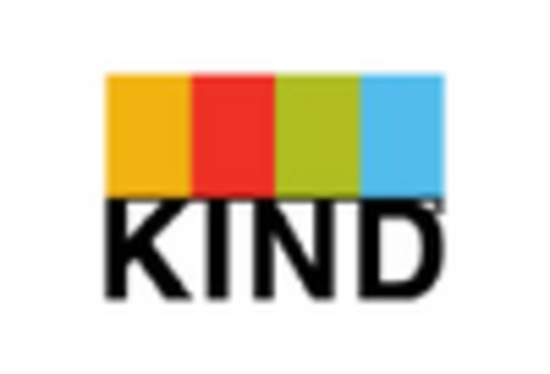
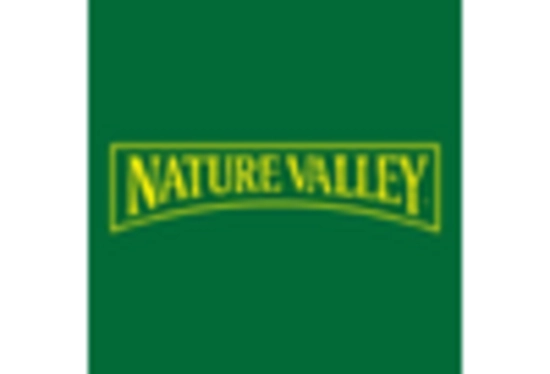
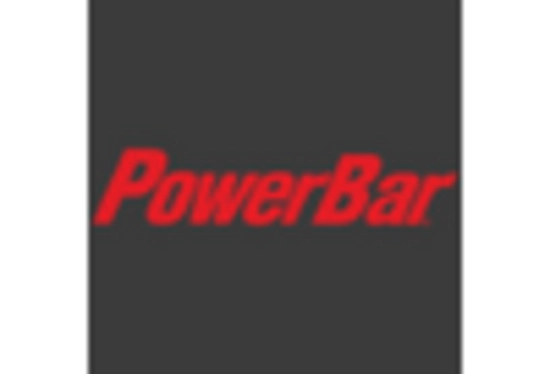
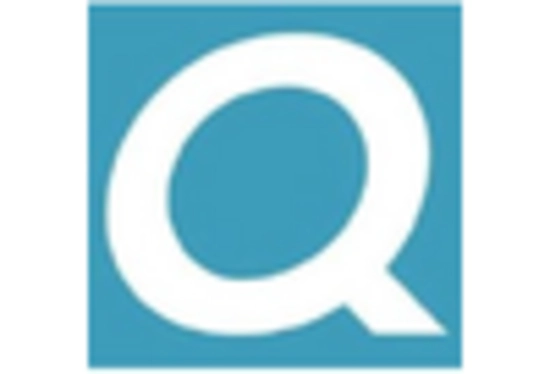
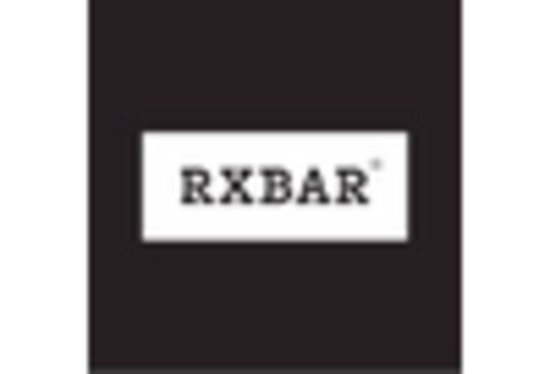








Leave a Comment